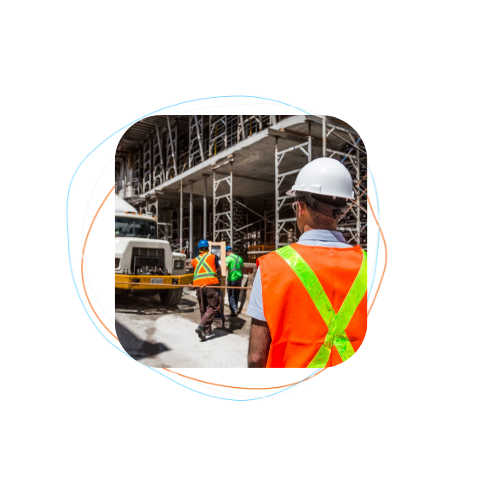
The Wake-Up Call: Tariffs Are No Longer a Policy Issue—They’re a Project Delivery Issue
If you’re in construction, you’ve likely been asking the same question we tackled in our recent webinar: What now?
With new tariffs taking effect and Canadian countermeasures ramping up, builders are navigating a perfect storm of uncertainty. Whether it’s fluctuating material costs, contract escalation risks, or sourcing delays, the impact on project delivery is real—and immediate.
In our on-demand session, “Beyond Tariffs: Strengthening Your Construction Business,” we partnered with VRCA’s Craig Larkins and showcased how cloud ERP solutions like Acumatica Construction Edition are helping companies adapt quickly. Here’s a recap of what you missed.
Tariff Update: What the April 2025 Announcements Really Mean
Craig Larkins, Director of Advocacy at VRCA, kicked off the session by breaking down the latest moves by both the U.S. and Canadian governments*:
- 25% U.S. tariff on vehicle imports (including Canadian vehicles) is now live
- Steel and aluminum tariffs remain, despite exemptions in other sectors
- Canada’s countermeasures, in effect since March, are staying put and may expand
For BC contractors, that means project costs are rising fast—and bids submitted even a few weeks ago may already be outdated.
“Uncertainty is the word of the day,” Craig said. “We’re advising members to assess exposure and revisit their contracts.”
*Note: This session was hosted on April 3, 2025. For the latest updates on Canadian construction tariffs and industry developments, please visit Government of Canada: Tariffs, Rules, and Regulations
Where You’re Most Exposed: Construction’s Top 40 Tariff-Sensitive Materials
Not all materials are equally at risk. Using data from the Canadian Construction Association and Statistics Canada, the webinar highlighted high-dependency materials including:
- Electrical components and metal goods
- Flooring, carpets, and lighting fixtures
- Specialty tools and manufactured inputs
Now’s the time to revisit sourcing strategies, diversify your supply chain, and build more flexibility into your procurement timelines.
Contracts Under Pressure: Legal Clauses You Can’t Afford to Miss
With prices shifting fast, the contract becomes your first line of defense—or your biggest liability. Craig emphasized:
- Review clauses tied to duty surcharges, escalation, and cost recovery
- Understand industry-standard contracts like CCDC 2 and GC 10.1
- Don’t underestimate the power of paper trails—every receipt matters
“The person with the most paperwork wins,” added Darren Redies, COO of The Answer Company. “The tech exists to make that documentation seamless—if you’ve got the right system.”
From Risk to Resilience: Why Now’s the Time to Reevaluate Your Tech Stack
By now, one thing is clear—tariffs aren’t just a finance or legal issue. They’re disrupting everything from procurement to project delivery. When costs spike overnight and your teams are scrambling to rework bids or explain budget overruns, it becomes a question of systems.
How quickly can you adapt? How confident are you in your numbers? Can you show your clients or partners exactly where costs are coming from—and why?
That’s where technology makes the difference.
In the second half of the webinar, we shifted gears from policy to practical tools, with a live walkthrough of how Acumatica Construction Edition is helping construction businesses gain control in real-time. No spreadsheets, no chasing down paperwork—just clarity, transparency, and automation in a single platform.
Strengthening Construction Resilience with the Right Tools
Craig wrapped up the session with a simple but powerful message: The decisions you make now will shape your business for years to come.
Whether it’s updating contracts, adjusting your sourcing, or upgrading your systems—the goal is clarity and agility. And with the right ERP tools, you don’t need a massive IT team to get there.
Didn’t catch the live session?
Watch the full on-demand webinar and see how Canadian construction leaders are navigating uncertainty.
This session was just the beginning. To help you put these insights into action, we’ve compiled some useful links & resources:
- British Columbia Construction Association: U.S. Tariffs.
- Canadian Construction Association: Preparing Your Business for Tariffs.
Related Resources


Building Success Together: The Value of an Acumatica Construction Partner
Read the Article
